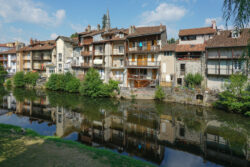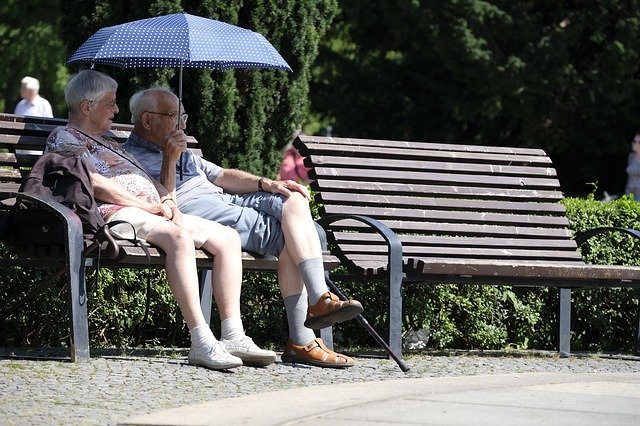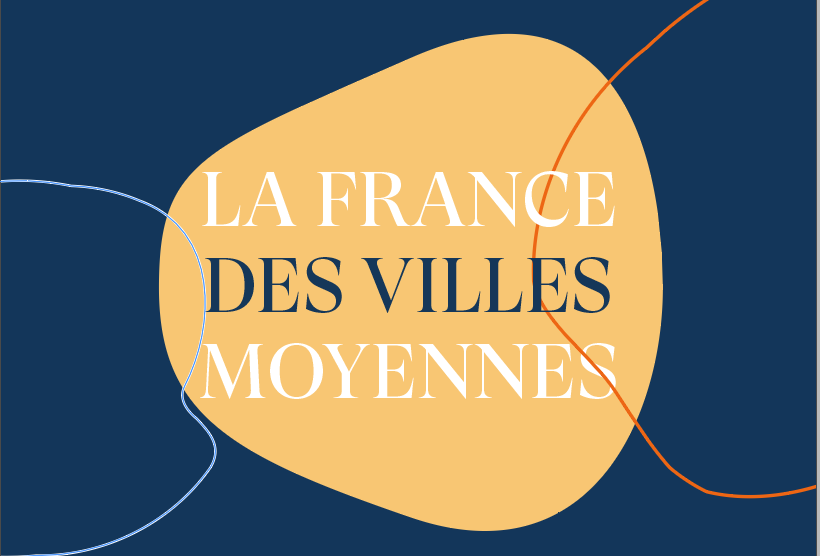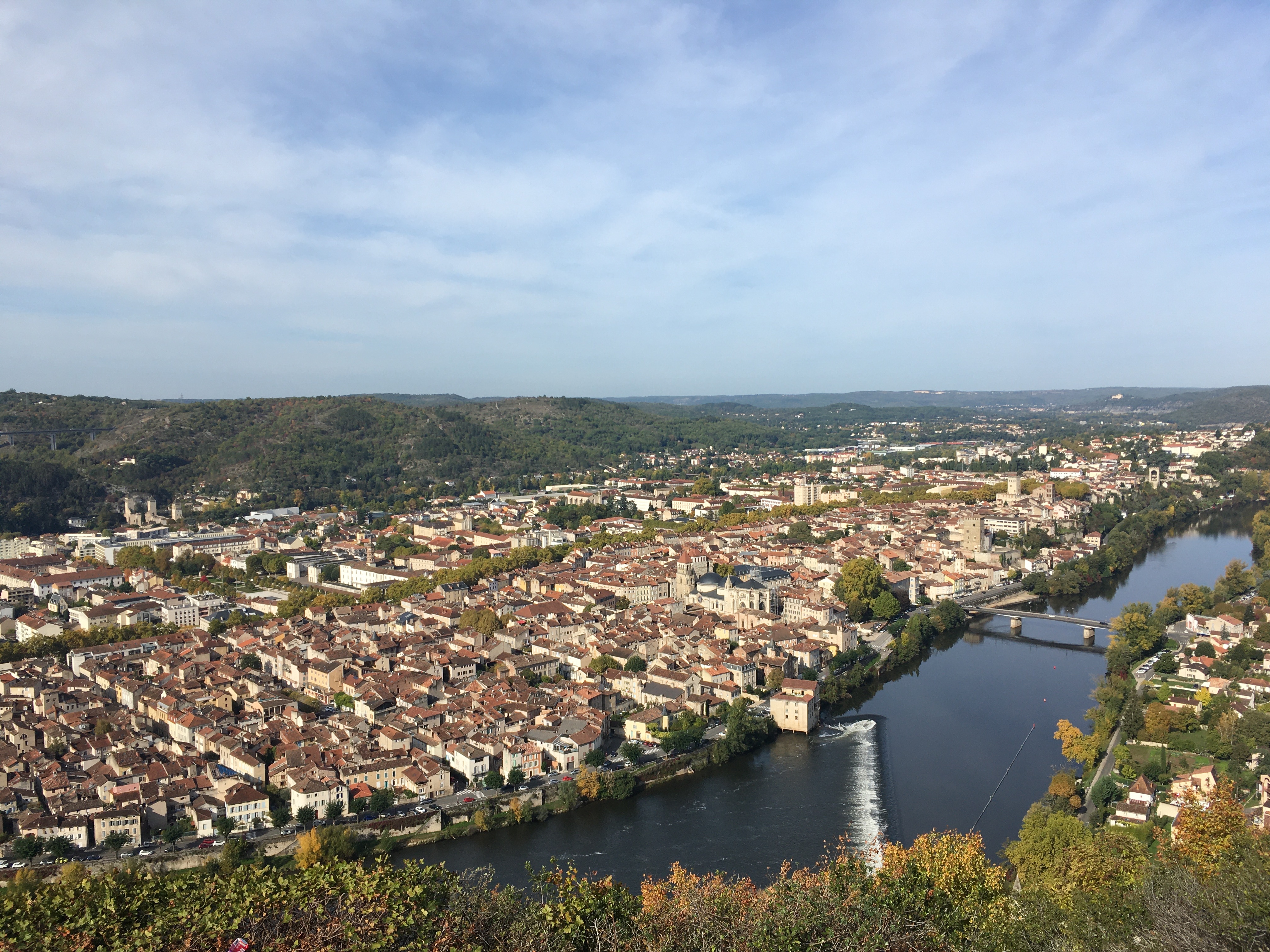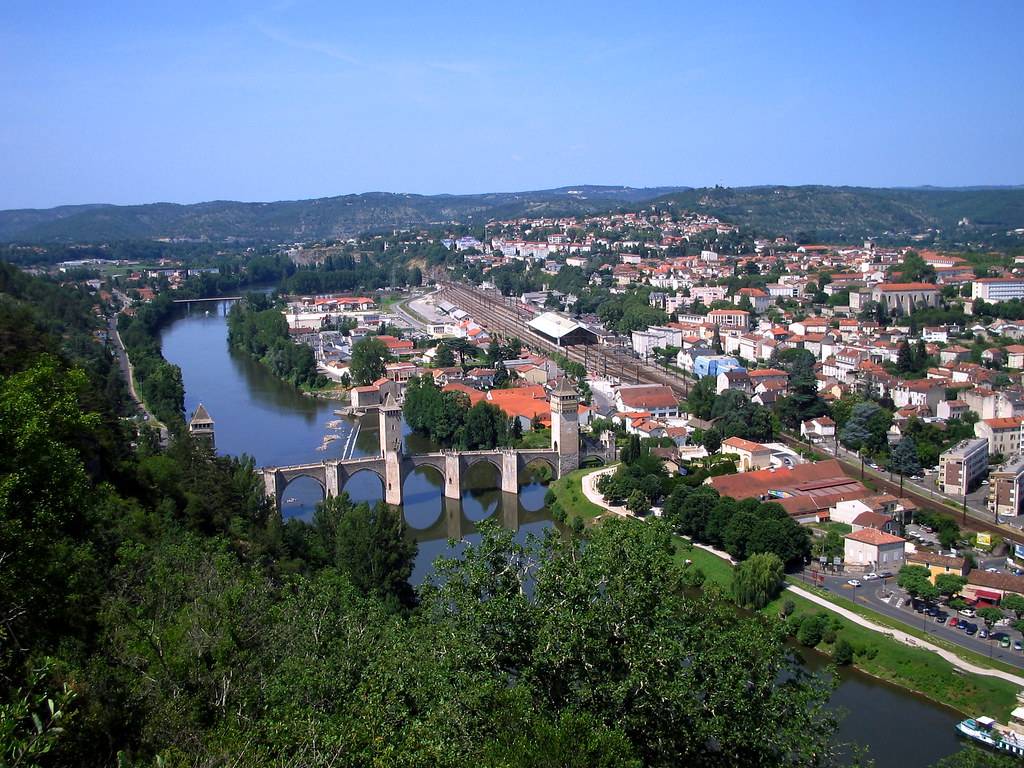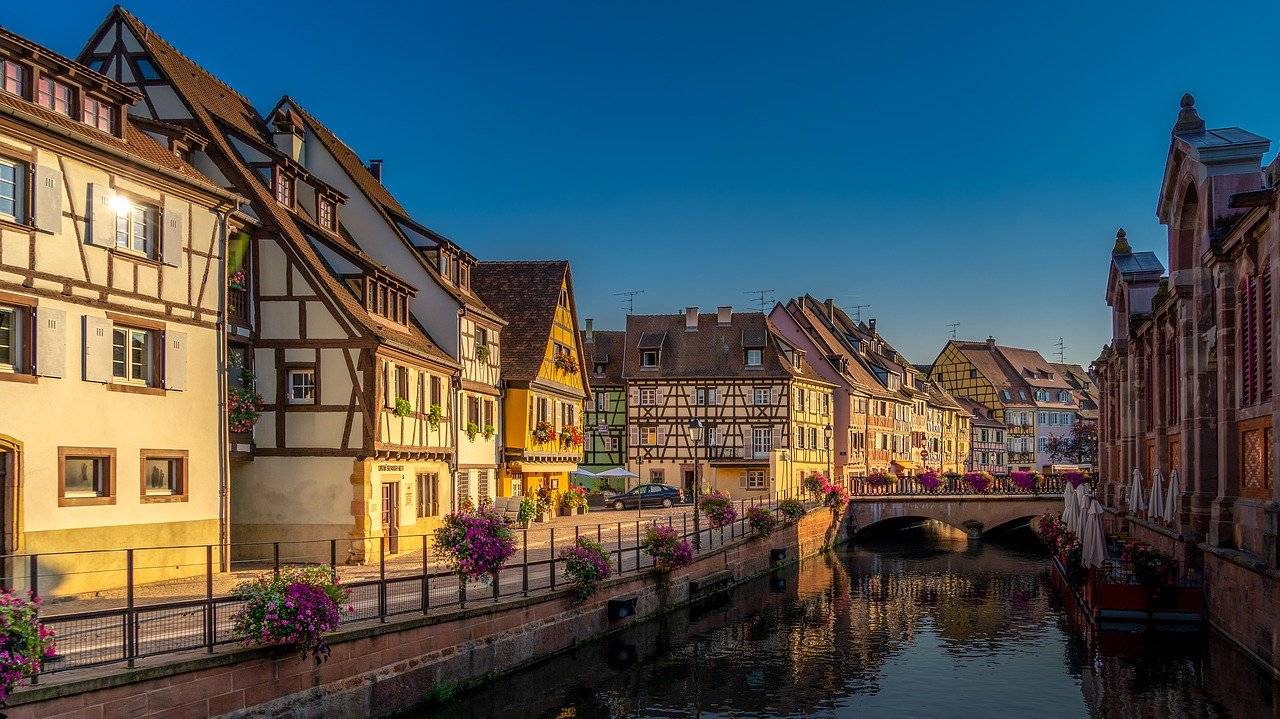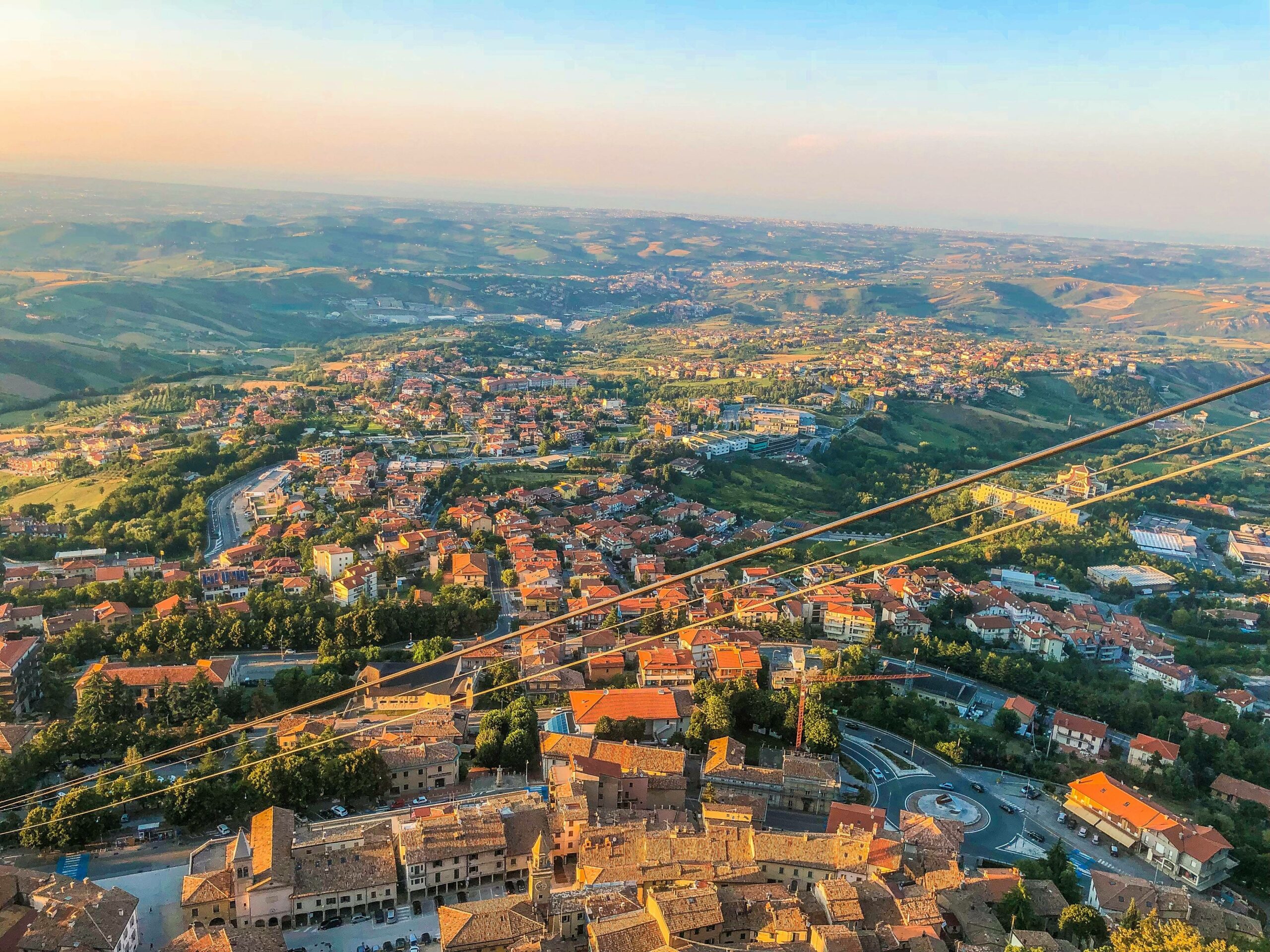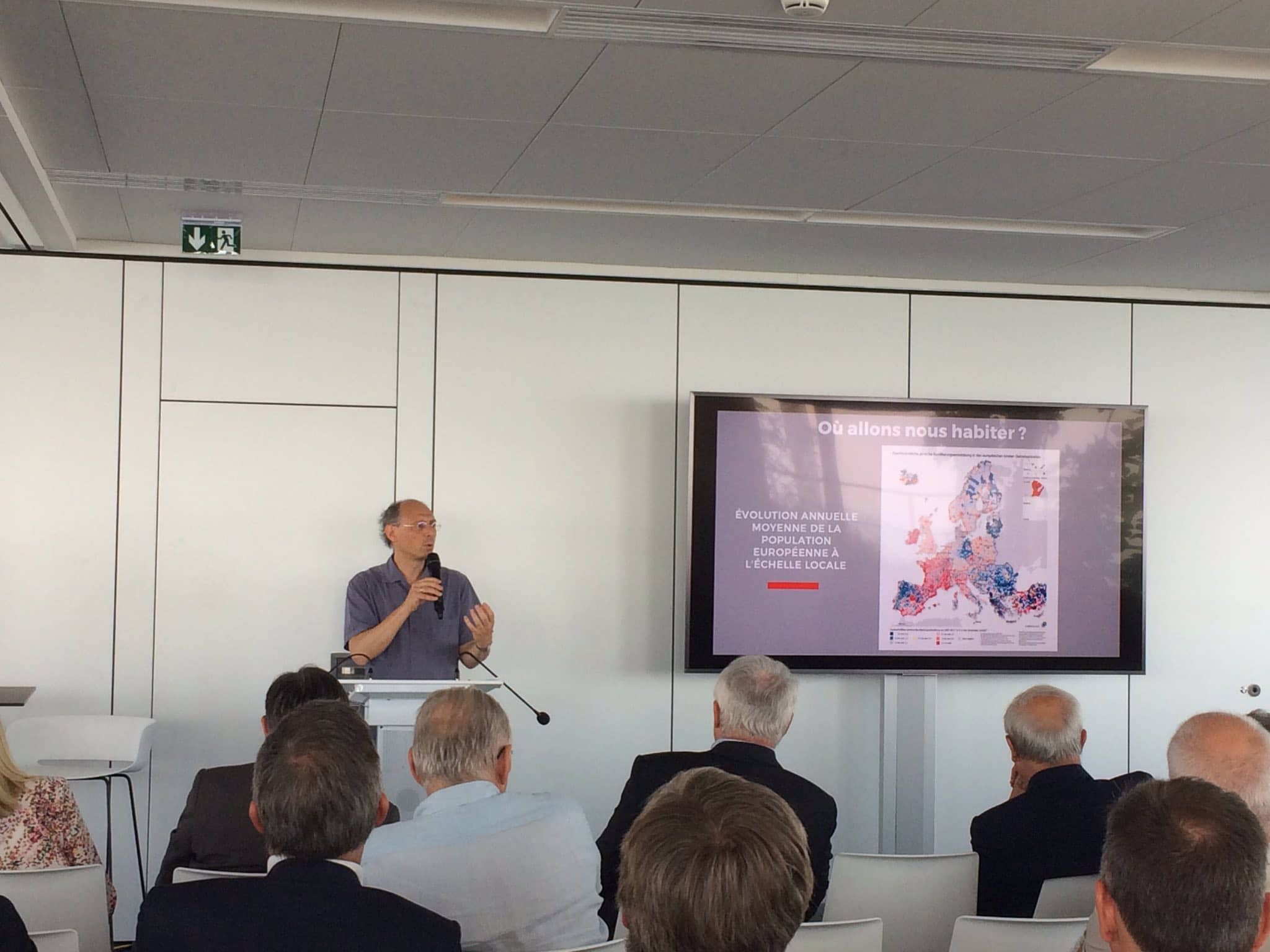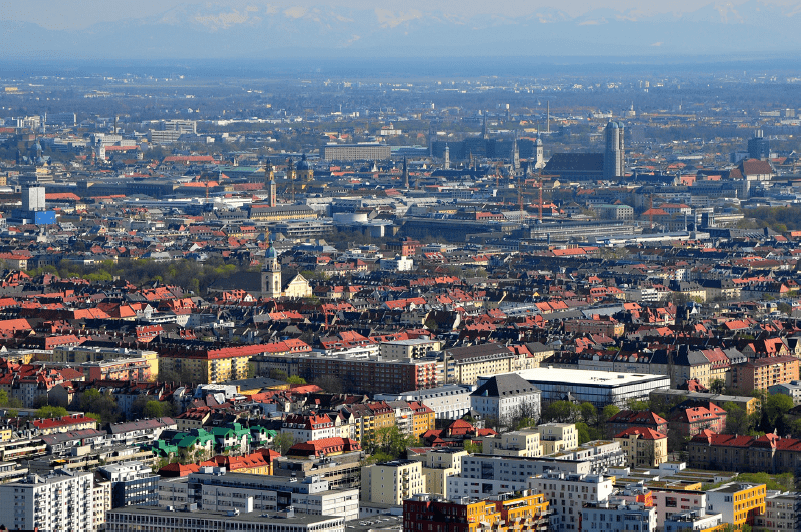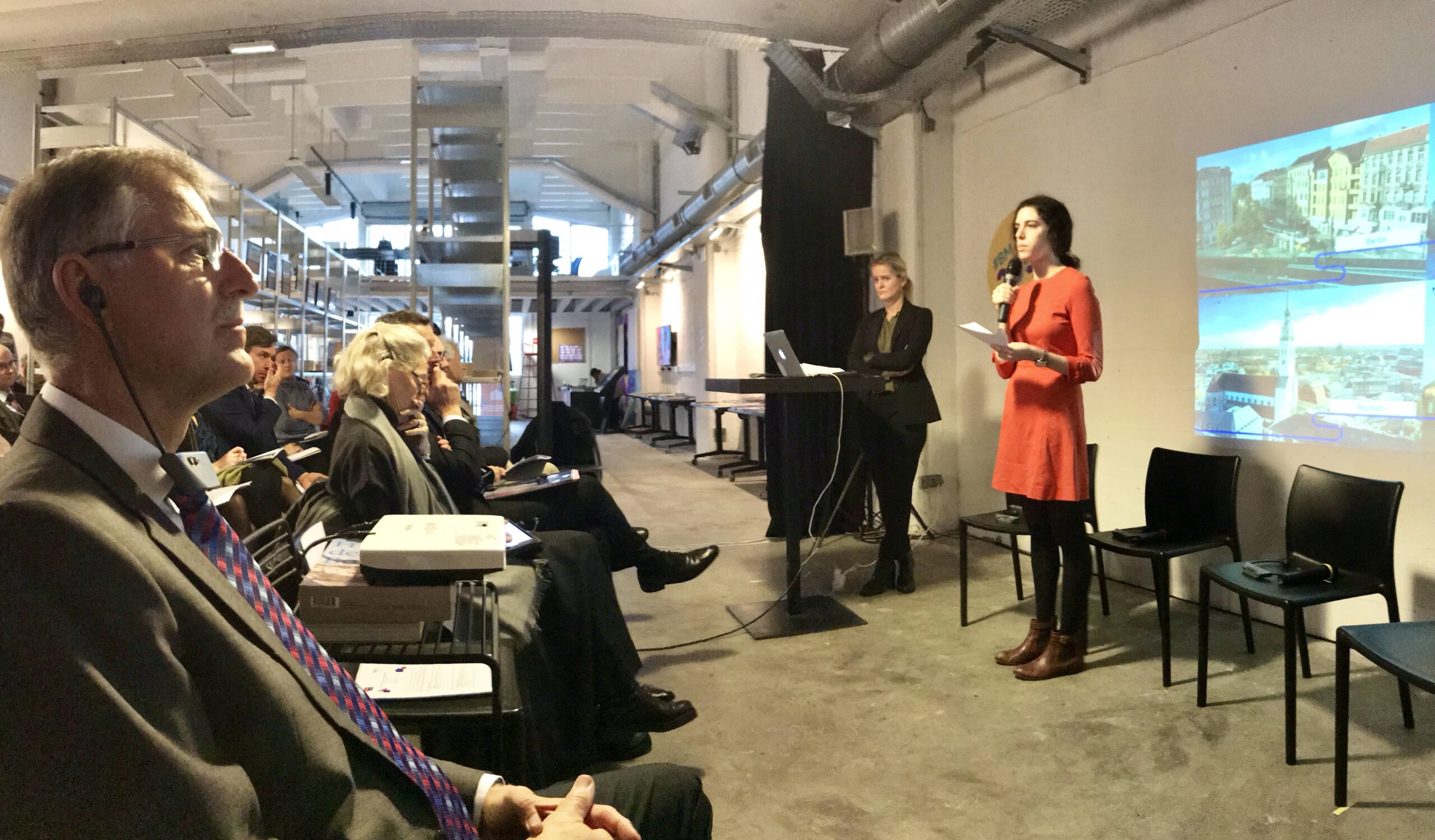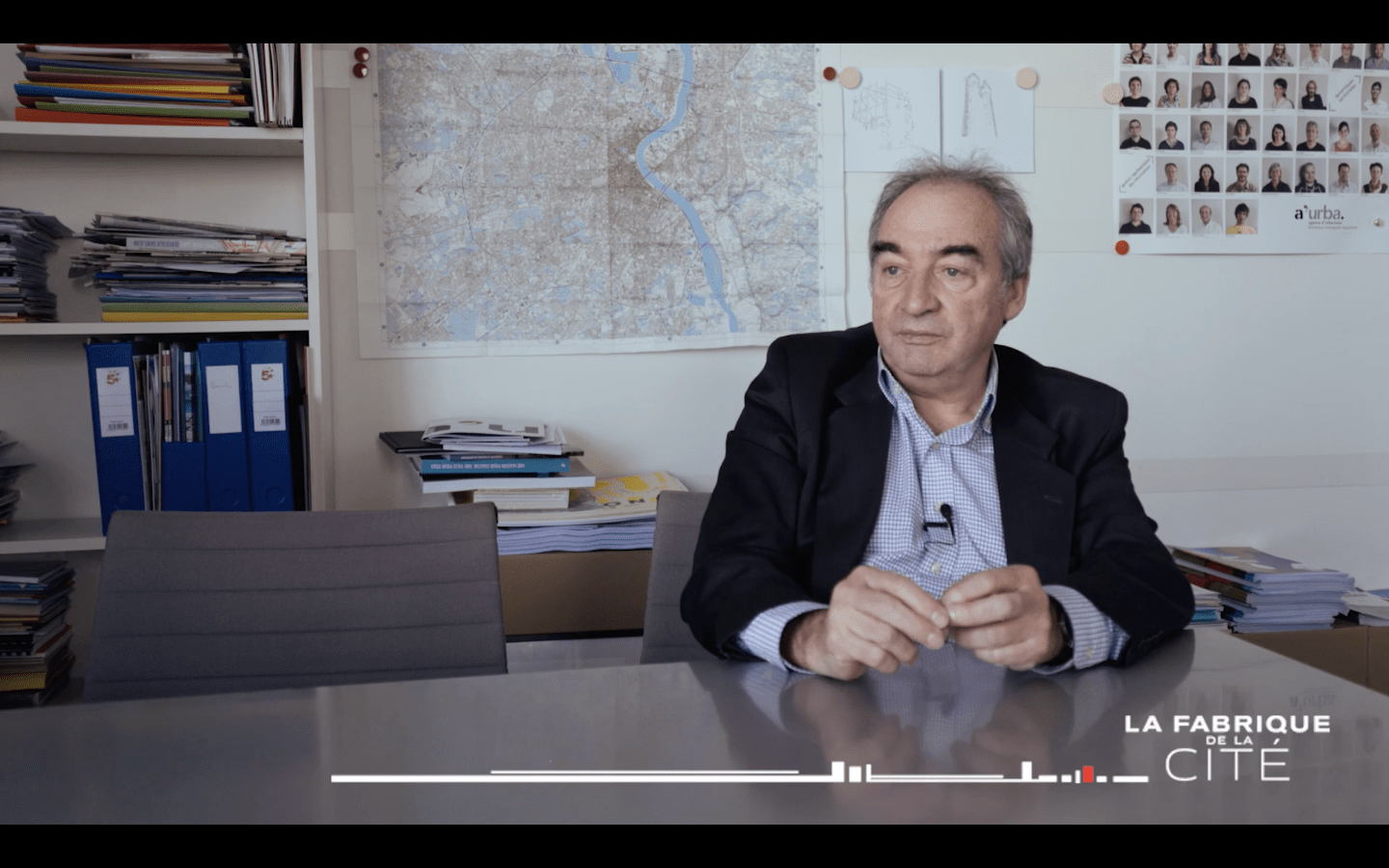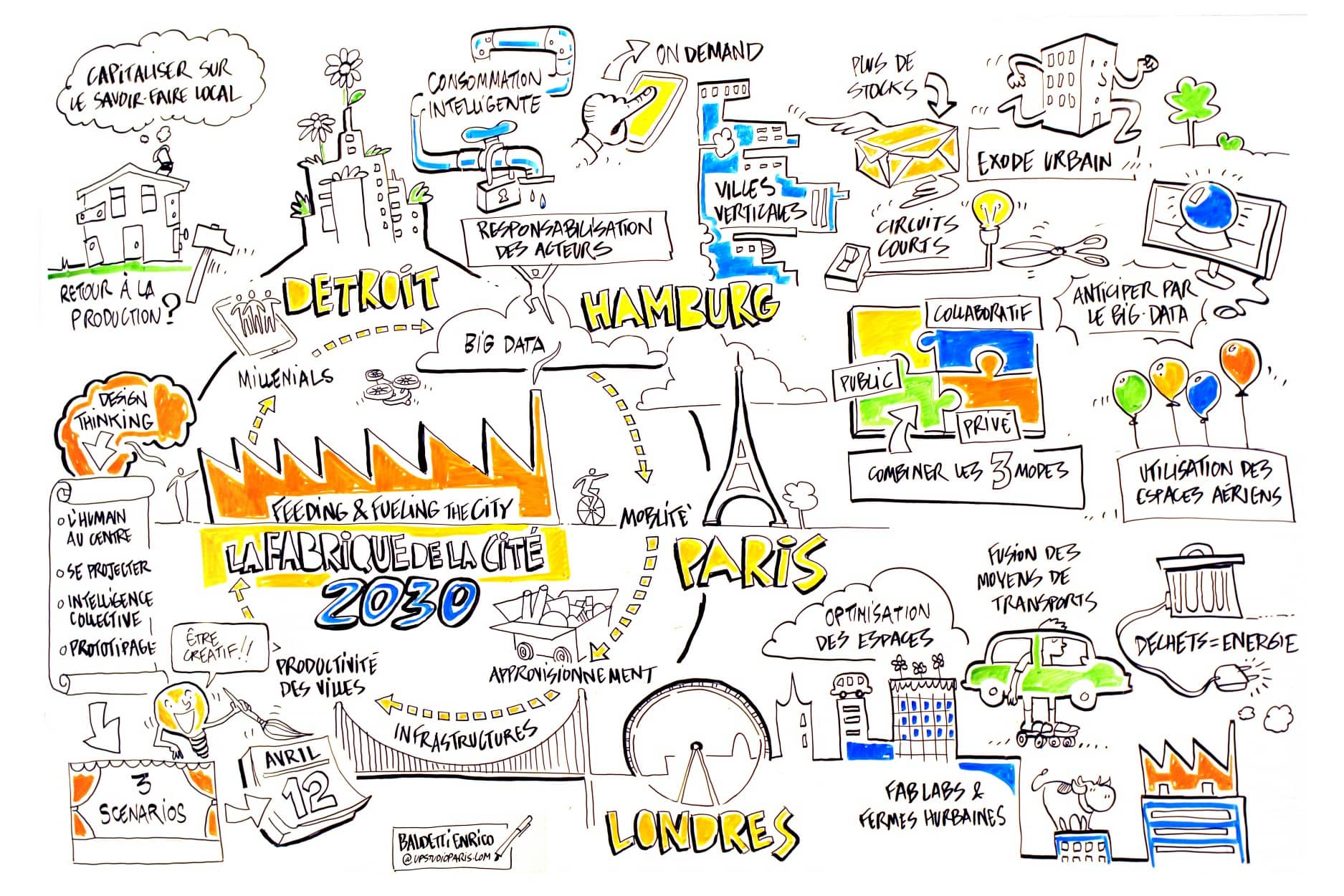

Size, Network and People
How can the diversity of territories be taken into account while maintaining an overall coherent action? This tension can be seen in the variations around the use of the word “territoire” in French. In the singular, the “territoire”, derived from the Latin territorium, means, first of all, the appropriation by a social group of a piece of land, then delimited by borders. However, this definition does not take into account the increasing complexity of our relationship with space. The “territoire” is composed of “places that are complex and rich in history, culture and geography”, explains Magali Talandier, “it is not just an administratively defined space with institutional boundaries, but something that is constructed and evolves with time and the issues at stake”. With the increase in mobility, the multiplication of spatial practices mobilising discontinuous territories, the diversification of personal trajectories (few French people still live in the département they were born in), it is becoming difficult to define a “territoire” that serves as a unique reference, even if it is as vast as France. For each one of us, the “territoire” today is made up of a mosaic of spaces that are freed from administrative perimeters as well as of multiple territorialities nourished by different spatial representations. The transition from the singular “territoire” to the plural “territoires”, of which a recent speech by French Prime Minister Jean Castex is symptomatic, also reflects the desire to grasp the diversity of forms of appropriation of space rather than crush it with a policy of unity, which would be that of uniformity: we are not so much planning just one “territoire” as many “territoires”.
Shouldn’t we therefore talk about metropolises, medium-sized towns, small towns, rural areas, etc.? Approaching territories by the demographic stratum of cities in fact makes it possible to narrow down the multitude of special cases to a limited number of categories of space. It provides an objectifiable basis for the development of territorial aid plans, which are currently multiplying in France (e.g., the programs for medium-sized cities Action cœur de ville or for small cities Petites villes de demain). Their great strength lies in their ability to mobilise actors and inhabitants, dedicated funding and engineering, as well as to offer a space for exchange between cities facing the same challenges.
It is obvious that cities of the same size have common challenges. For medium-sized cities, this means, for example, finding the right “distance” from the metropolis, managing and organising mobility on a daily basis, inventing the future of their rail services, securing funding, retaining one part of their population while helping another move… but it is equally obvious that cities of a similar size can have quite different destinies. In France, Cahors, Quimper, Chaumont, Lens, Charleville-Mézières and Bar-le-Duc do not have the same dynamics. Some are marked by sustainable growth, others by decline; some by contrasting dynamics between the centre and the periphery, others by a reversal of trends (growth after a crisis or, on the contrary, recent decline). The fascinating comparative atlas of the demographic dynamics of small and medium-sized towns in France, Germany, Great Britain and Italy by geographers Xavier Desjardins and Philippe Estèbe and cartographer Jules Peter-Jan has revealed that these same contrasts can be found on a European scale. Other powerful factors influence the trajectories of cities, such as the connections they manage to maintain with each other, regardless of their size, the economic profile of their region, or the competition between the city centre and its periphery.
Let us return to our initial question: how can diversity be taken into account while maintaining overall cohesion? Two answers to this complex question deserve to be explored further. The first is the adoption of a relational approach which relies more than ever on interdependence and inter-territorial cooperation: this is the approach adopted, for example, by Germany, which grants its aid, often regional, less on the basis of cities’ size than on the basis of the problems to be dealt with by a network of cities; this is also the approach defended by David G. Victor and Mark Muri for The Brookings Institution to deal with climate change: “there is a danger that all this decentralized action could lead to chaos and drift. Pioneers are important, but “followership” in medium-sized cities and the Midwest is going to be equally essential. “ The second track is that of an approach that focuses on individuals rather than territories. Territory only exists through the individuals who produce it and give it meaning. What if, as economist Edward Glaeser recommends, public policies focused on helping those who make, will make or would make the territory if they had the means to do so, regardless of where they live, and saw territories as the completion of a dynamic rather than its vector?
→ Related: our research project on medium-sized cities.
No time to read? La Fabrique de la Cité has got you covered. Check our newsletter #51.
To be informed of our upcoming publications, please subscribe to our newsletter and follow our Twitter and LinkedIn accounts.
These other publications may also be of interest to you:

Back from Cahors
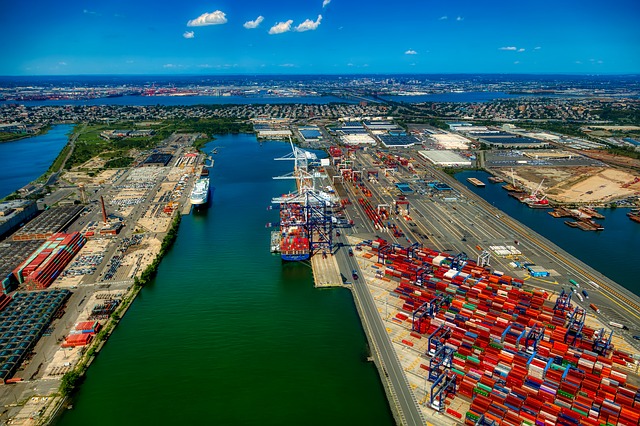
Rebalancing

Inventing the future of urban highways

Spatial justice, managing the situation to enable development?
La Fabrique de la Cité
La Fabrique de la Cité is a think tank dedicated to urban foresight, created by the VINCI group, its sponsor, in 2010. La Fabrique de la Cité acts as a forum where urban stakeholders, whether French or international, collaborate to bring forth new ways of building and rebuilding cities.



















